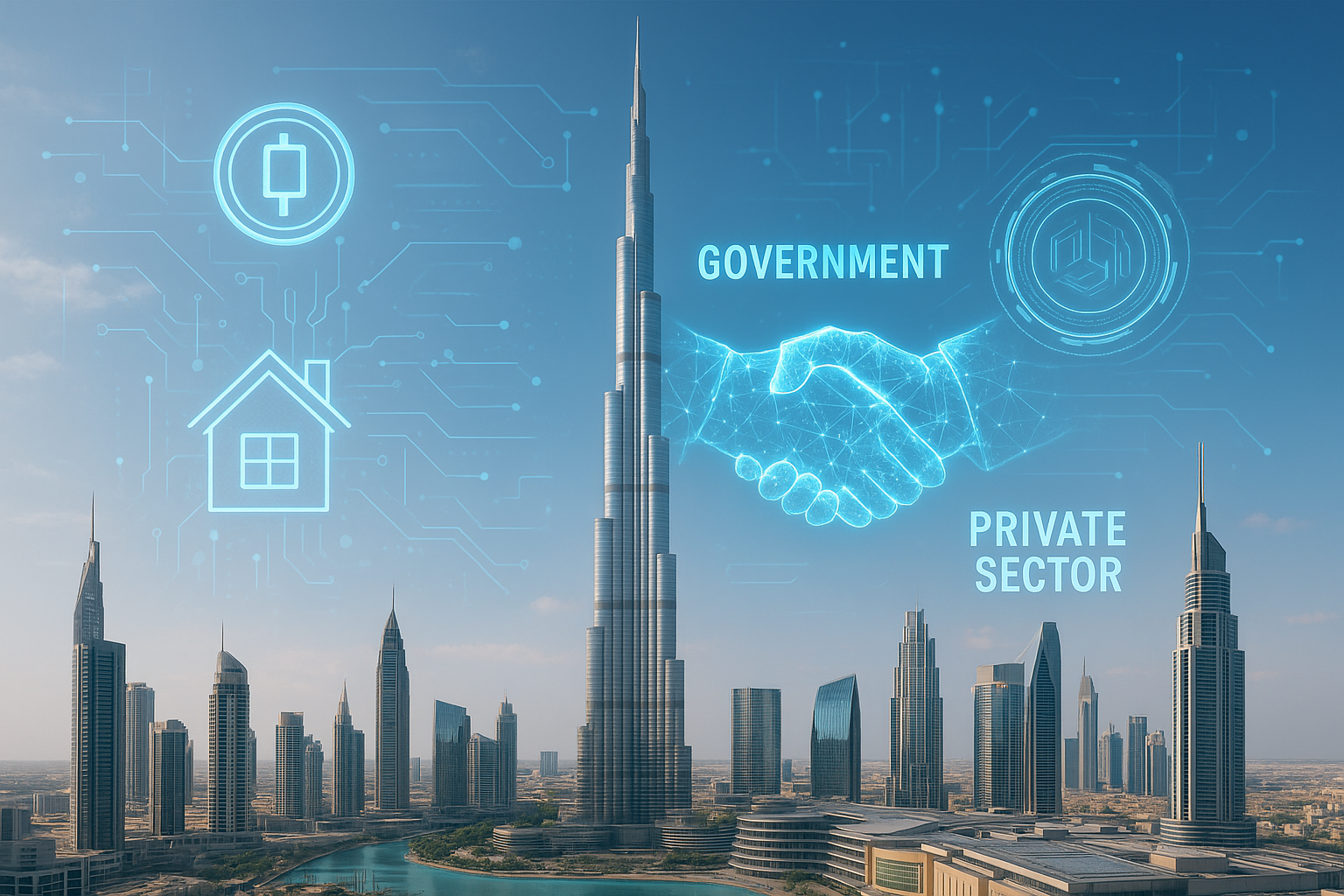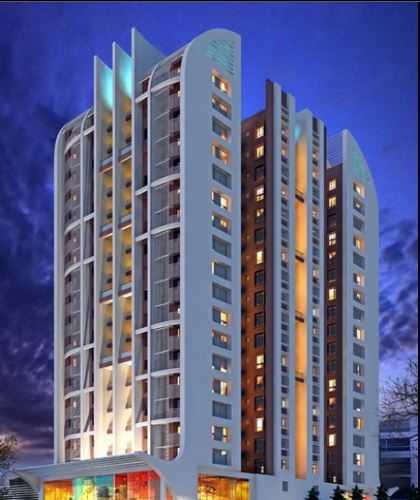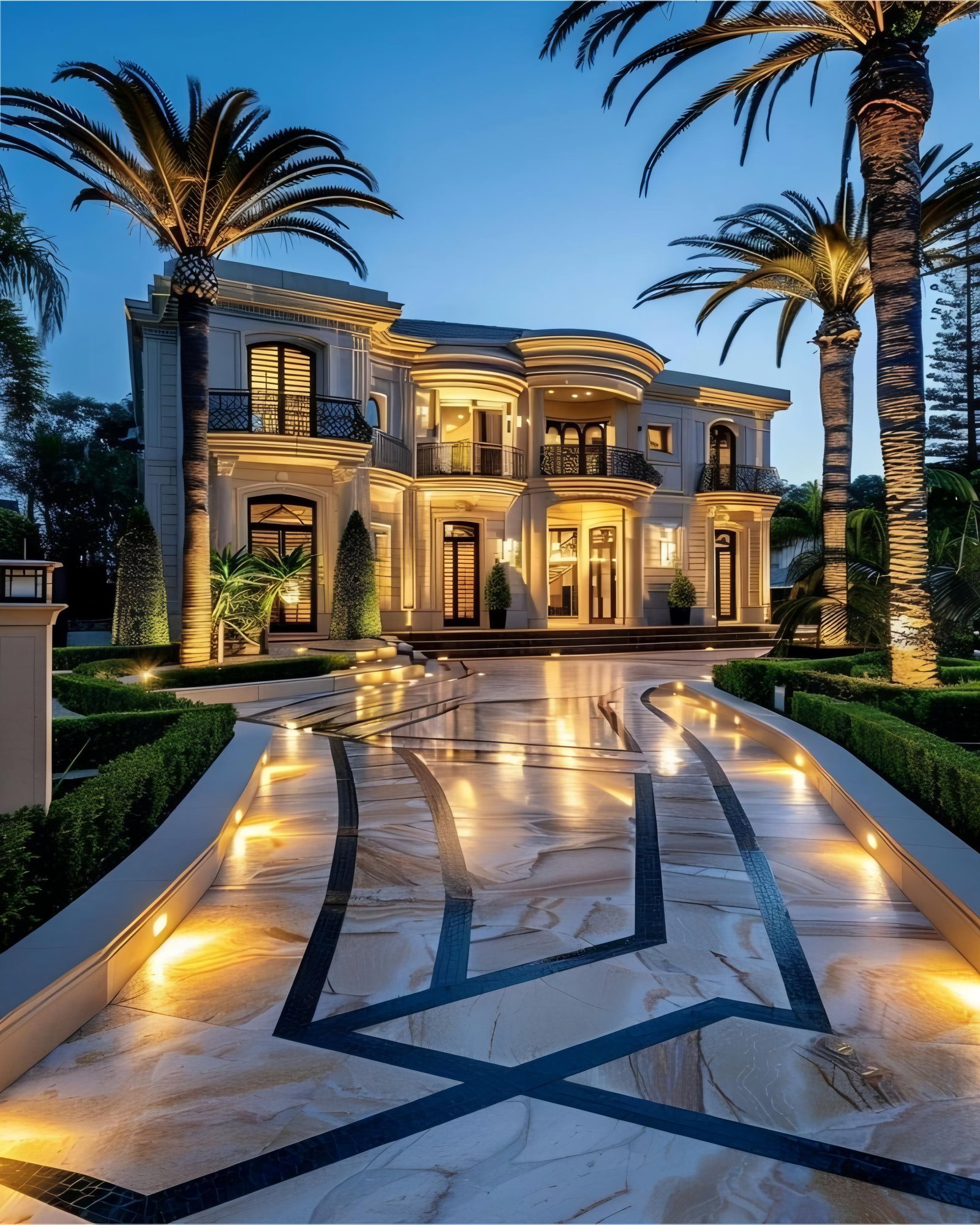
How Public - Private Partnerships are Powering Dubai’s Real Estate Evolution
What Is a Public - Private Partnership?
A PPP is a collaborative model in which government entities and private firms jointly plan, fund, and execute projects. These partnerships combine:
Public oversight and regulation
Private-sector efficiency, capital, and innovation
In real estate, PPPs have historically driven infrastructure like transport networks and utilities, while recent trends see them fueling new investment mechanisms like property tokenization.
Dubai's PPP Approach: A Blueprint for Innovation
Dubai has institutionalized PPPs to lead key initiatives in infrastructure, tech, and real estate:
Regulatory Sandbox: Under initiatives like the Real Estate Evolution Space (REES), developers and platforms receive support and pilot privileges from regulators.
Multi-Agency Collaboration: Major UAE entities Dubai Land Department (DLD), Virtual Assets Regulatory Authority (VARA), Central Bank, Dubai Future Foundation are working with private innovators to roll out digital property solutions.
Global Alignment: This approach aligns closely with Dubai’s long-term economic blueprint (such as the Dubai Economic Agenda “D33”) and positions the region as a proptech pioneer.
Case Study: Real Estate Tokenization with Prypco Mint
One of the most compelling examples of PPP-led real estate innovation is Prypco Mint:
Fractional investing enabled: Tokenized Dubai property is now accessible to Emirates ID holders from AED 2,000.
Massive early uptake: The platform’s first token offering fully sold out in under two minutes
Strong regulatory backing: Prypco operates under DLD and VARA license, supported by the Central Bank and Dubai Future Foundation.
This collaboration highlights how PPPs can transform traditional property models enhancing liquidity, transparency, and access for a new generation of investors.
Broader Applications of PPPs in Dubai’s Real Estate
Beyond tokenization, PPPs are shaping Dubai’s property landscape in various ways:
Smart Infrastructure
Flagship Developments: Projects like One Za’abeel and Dubai Science Park are prime examples of PPP-driven urban innovation
Tech Integration: Public-backed frameworks enable private developers to include smart grids, sustainable design, and automated city services.
Green & Sustainable Communities
Eco-friendly zones: Collaboration on sustainable communities, such as Sharjah Sustainable City, establishes a blueprint that Dubai is mirroring
Regulatory incentives: PPPs help developers access subsidies or fast-track approvals for LEED-certified and solar-powered projects.
Infrastructure Scaling
Dubai’s massive transport and free-zone development relies heavily on PPP-driven hubs like Meydan Free Zone, blending public oversight with private investment
Key Elements of Successful PPPs in Property
Clear legal frameworks
Dubai’s regulations (DLD, VARA) offer clarity and accountability.
Balanced risk sharing
Smart allocation of construction, financial, and operational risks between government and investors.
Community-focused design
Projects must deliver social value affordable housing, smart amenities, and sustainability.
Technical innovation
Encouraging private investment in new technologies proptech, greentech, blockchain under structured oversight.
Scalability & replication
Pilot-phase successes are designed to scale, improving project volume and quality.
What PPP Trends Mean for Market Stakeholders
Investors gain access to new asset classes and liquidity channels.
Developers benefit from regulatory support and technological expertise to differentiate projects.
Government drives sustainable growth, housing access, and economic diversification.
End users enjoy better amenities, transparent transactions, and accessible investment routes.
Challenges and Cautions
While promising, PPP-driven innovation requires careful management:
Regulatory evolution
Legislative frameworks must keep pace with disruptive technologies.
Market education
Investors need clarity around token utility, secondary market options, and tax implications.
Technology resilience
Cybersecurity, data privacy, and smart contract audits are essential.
Scaling beyond pilot phase
Delivery timelines, financing consistency, and public communication must evolve with growth.
Looking Ahead: What to Watch
Expansion of Tokenization
If Prypco Mint’s launch is any indicator, more tokenized projects—including larger portfolios—may emerge soon.
Further PPPs in Smart Living
Look for future developments integrating AI, edge computing, and green infrastructure in urban communities.
Cross-Border Asset Structuring
Expect interstate partnerships expanding tokenization or PPP models across UAE locations and GCC nations.
Greater Investor Engagement
With increasing regulatory clarity, more private investment may flow into PPP-enabled real estate.
Final Takeaway
Dubai is not just building for tomorrow it’s reinventing how tomorrow is built. Through public-private partnerships, the city is ushering in a new property paradigm: tech-driven, transparent, scalable, and inclusive.
For Dubai’s real estate ecosystem including investors, developers, and residents PPPs unlock untapped opportunities. The success of projects like Prypco Mint’s fractional offerings demonstrates how collaboration between government and business accelerates innovation.
As Dubai continues to pioneer new investment frameworks from tokenized assets to smart-city living PPPs will remain a cornerstone of its real estate revolution.




Leave a Reply
Comments